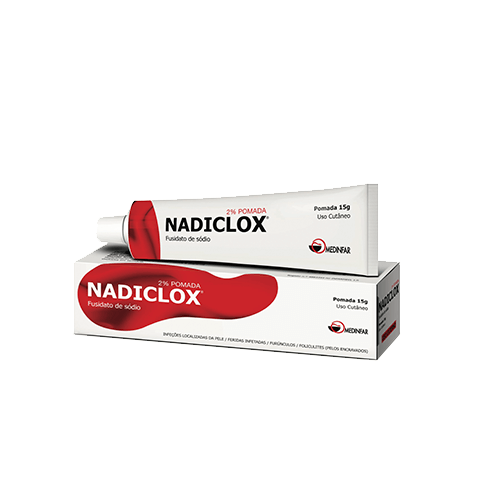Dry skin
Dry skin is one of the main health problems of the skin, characterized by the loss of fluids and nutrients. Dry skin can be caused by external factors such as environmental agents, smoking, etc. and internal factors such as aging (senile xerosis) or other diseases. Prevention involves proper measures such as avoiding aggravating environmental agents and adequate skin moisturization and hygiene. When skin becomes very dry it can become extremely scaly, rough and itchy, tending to form small superficial cracks.
Psoriatic skin
Psoriasis is an autoimmune disease with skin manifestations, with the elbows, knees, scalp, lower back and nails being the most affected areas. Dryness, scaling and redness of the skin are some of the symptoms that greatly impact the quality of life of these patients.
Seborrheic skin
Seborrheic skin is characterized by inflamed skin that mainly causes scaling and redness in some areas. Seborrheic skin produces excess oil and can appear in different parts of the body such as beard, scalp, eyebrows, nose, inside and behind the ears, on the chest and upper back.
Skin infections
Primary bacterial skin infections affect approx. 7% of the population, but their occurrence can vary according to several factors. Skin infections often appear during summer, because of heat and humidity, which leads to the proliferation of microorganisms. Regarding its etiopathogenesis, mainly pyogenic bacteria of the genera Staphylococcus and Streptococcus are the leading agents in the development of skin infections.
Warts
Warts are small, benign lesions of the skin and mucous membranes, caused by Human Papilloma Virus (HPV) infection. The lesions can appear months after the contagion. They can appear in different areas of the body, but they mainly affect the soles of the feet (plantar warts), fingers and nails (peri or subungual warts), face and neck (filiform warts). Warts appear as nodules, hard lumps, and may have an irregular shape, with a rough, whitish or darker surface. Their size is variable and can break out alone or in clusters.














